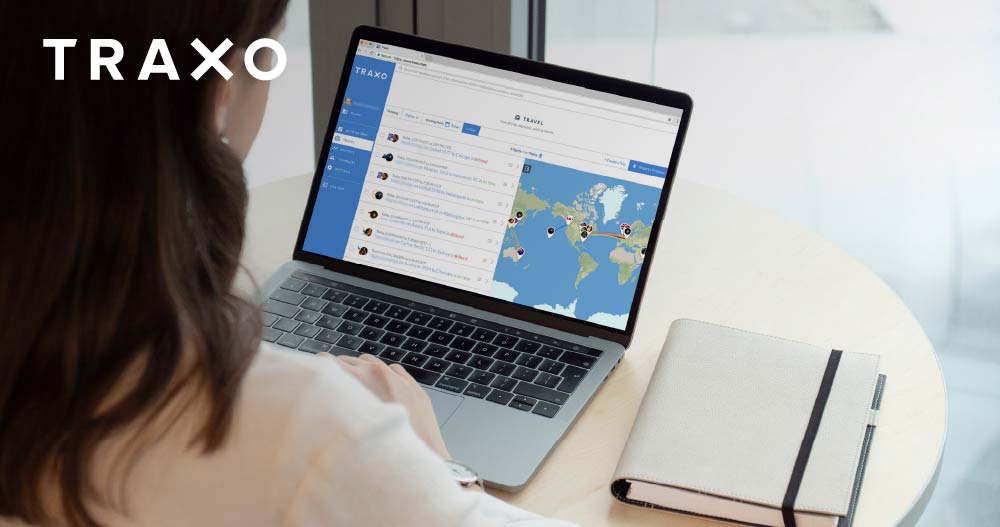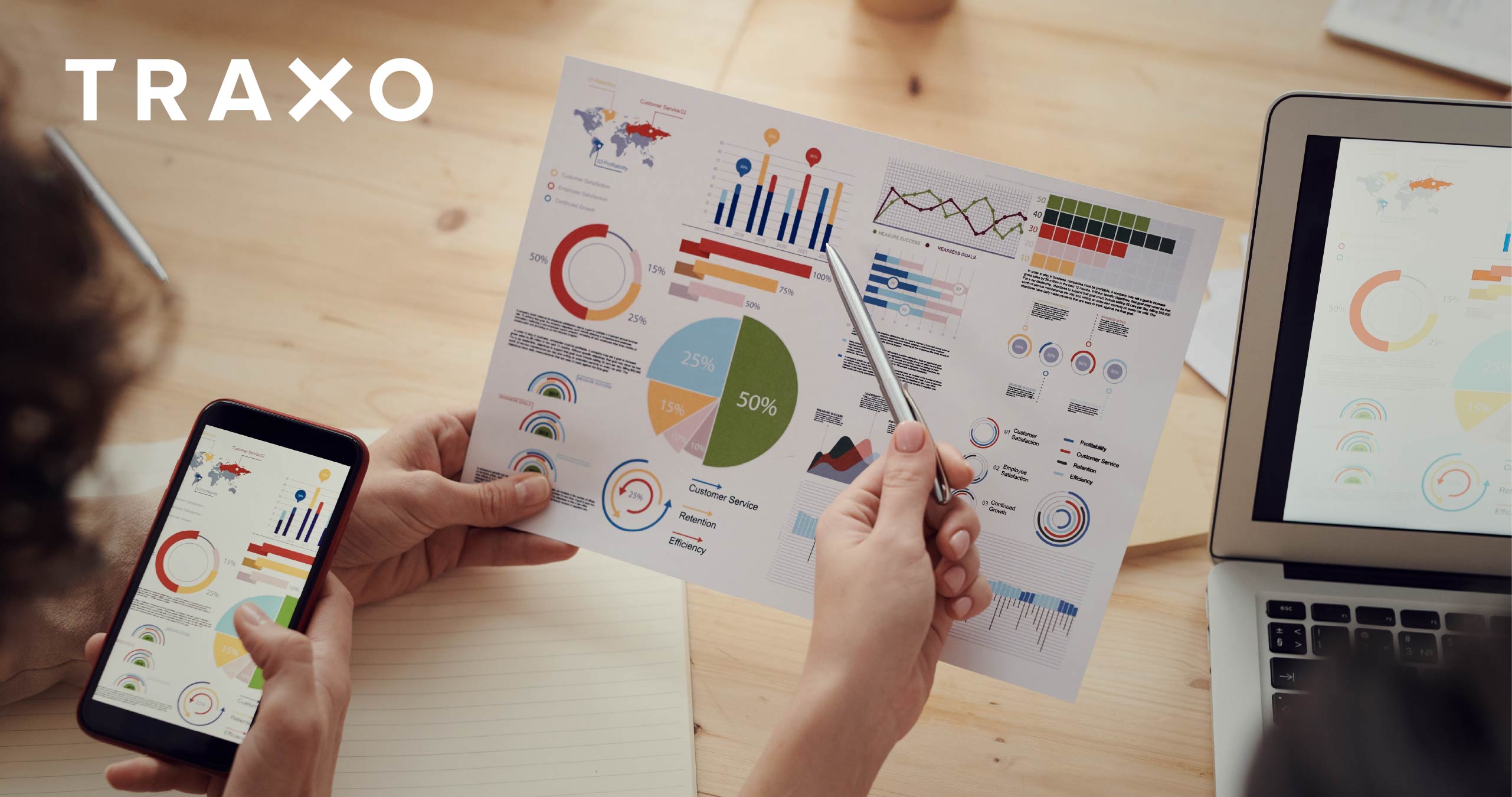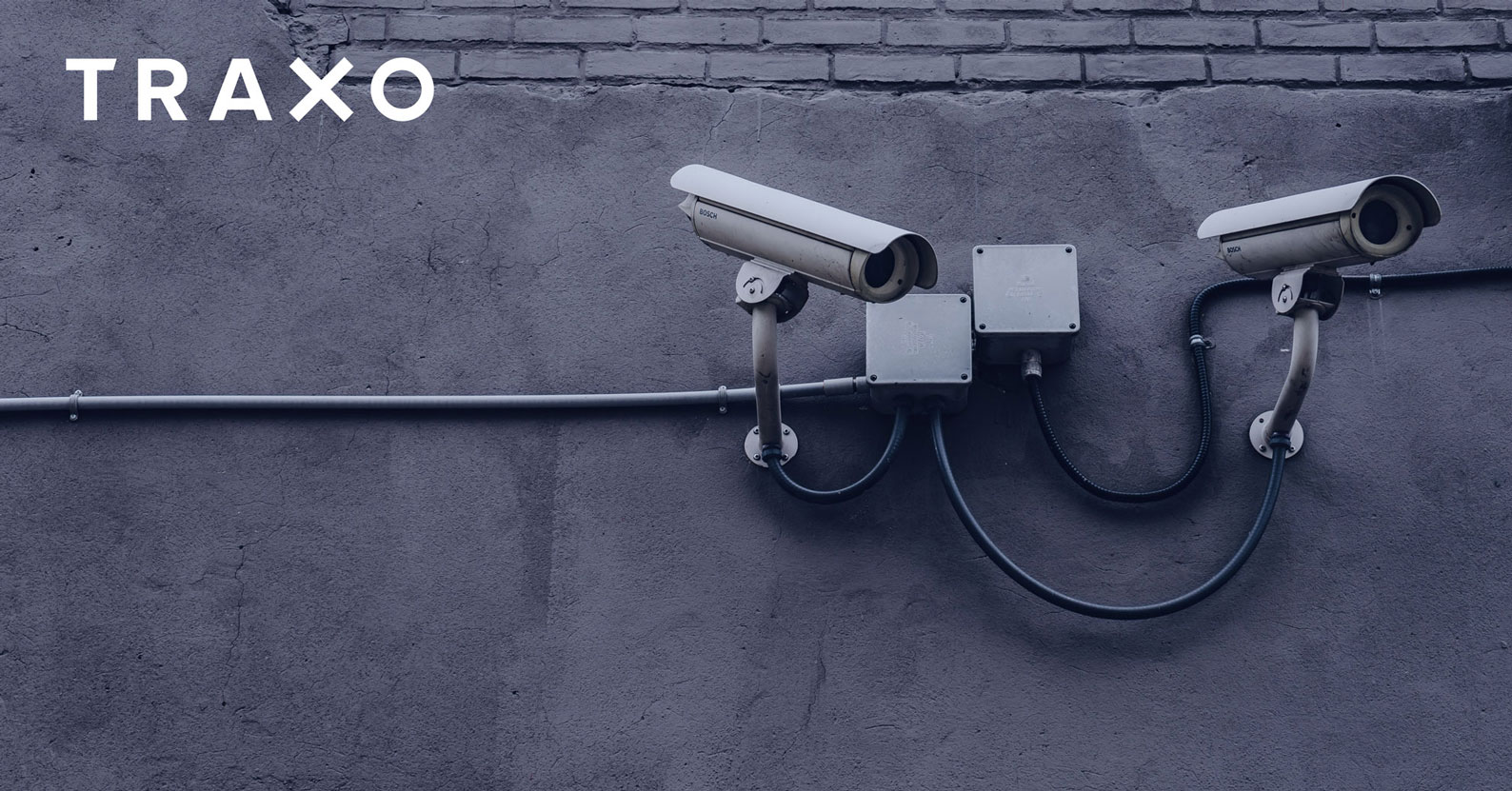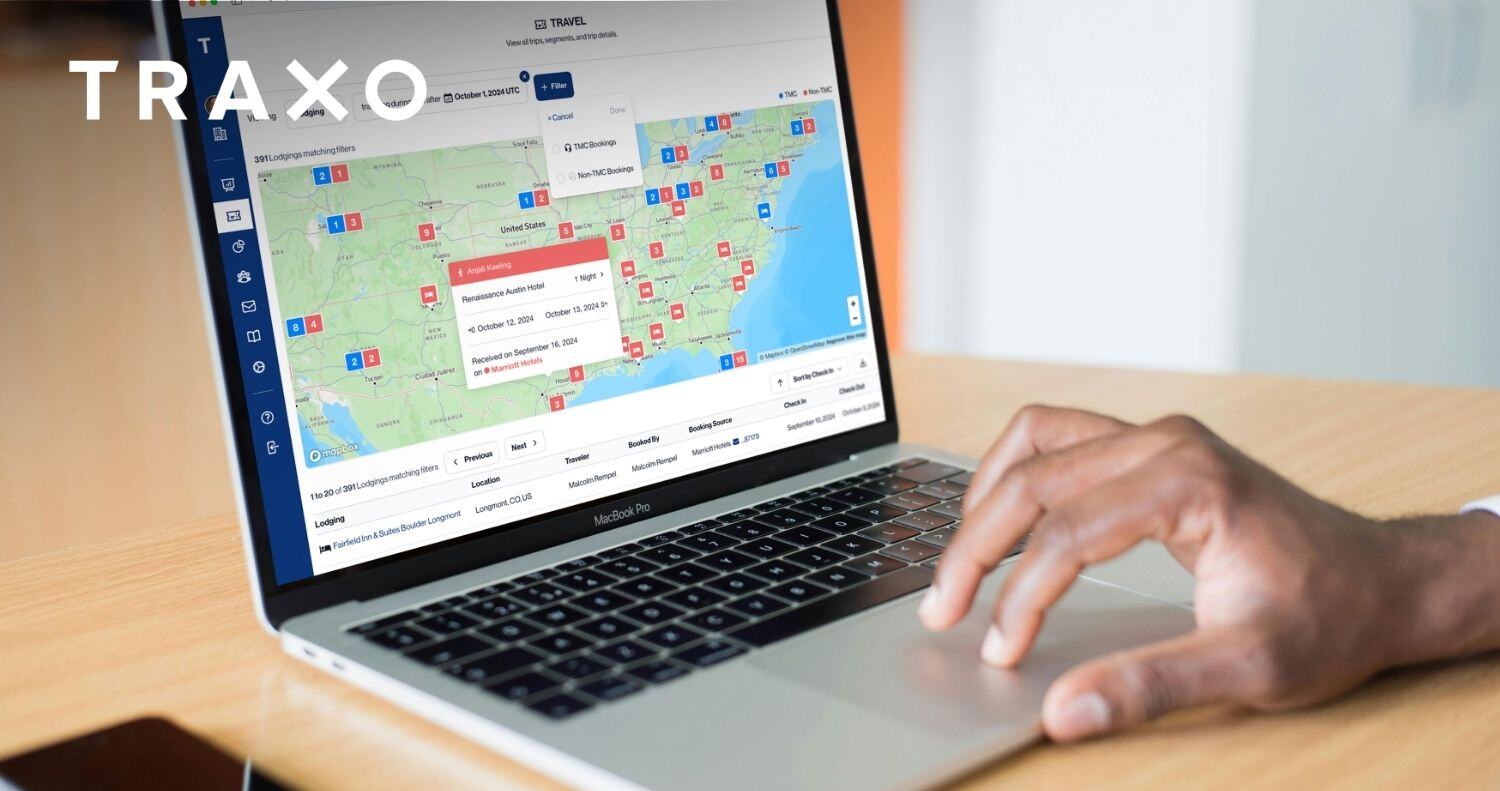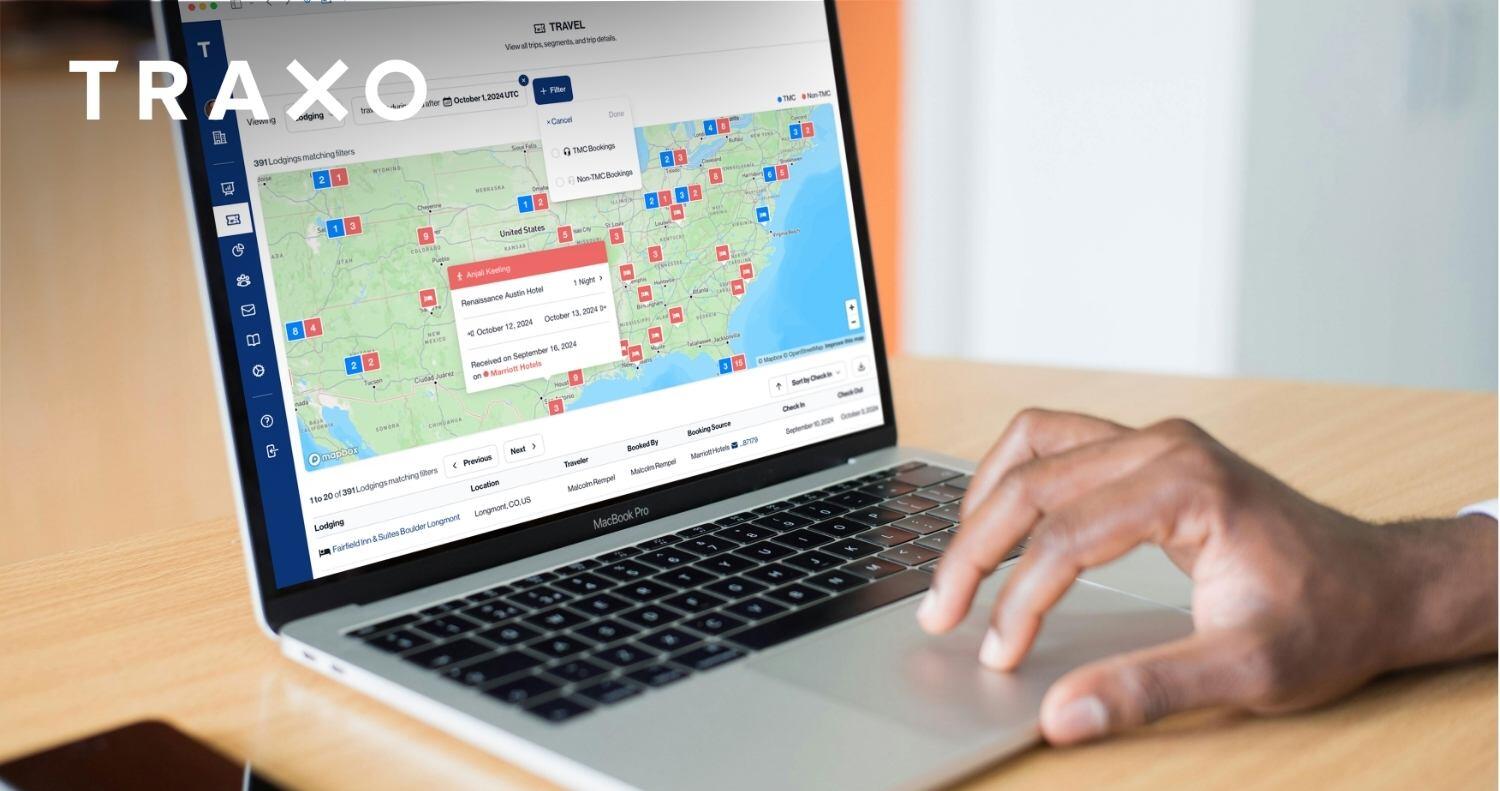Unstructured data, structured data, complete data—these terms can intimidate those who are not accustomed to or well-versed in managing data. While most travel managers wouldn’t consider themselves data experts, they actually acquire and use a massive amount of travel data to do their jobs.
According to a 2021 study by Expedia, 68% of all business travelers book more than half of their travel outside of approved channels. This high level of travel leakage means that travel managers actually need a lot more booking data than they typically have to run efficient programs.
Data for Travel Management: What is travel data?
In the context of travel management, travel data is the information that pertains to your travelers and their itineraries. This data includes the following:
- Travelers' personal details, including their basics (name, date of birth, emergency contacts, contact details, and home address)
- Travelers' loyalty numbers for travel business programs whereby they are collecting points and maintaining status
- Purchase details, including booking costs, upgrades, taxes and fees (like resort and sustainability fees)
- Travel itinerary details and specifics such as dates and locations of travel plans, booking confirmation numbers, etc.
Gathering and Accessing Travel Data
Travel data can come from many sources, including supplier sites, online travel agencies, travel management companies (TMCs), and aggregation services like Traxo. Oftentimes, data is sent across in reports and spreadsheets or accessed via a direct integration. In the case of Traxo, data is securely consumed in real-time, standardized and stored for easy analysis and portability—which means bookings can be captured quickly and then sent along to travel management partners, like duty of care and price assurance providers.
Data Security: Why It Matters
With personal and travel-specific data, companies need to be mindful of data security—how the data is being collected, maintained, secured, and used in accordance with privacy acts.
More commonly than not, mid-large-scale organizations work with a dedicated travel management company (TMC). The TMC has a secure traveler profile that is used as a depository of traveler-specific details pertinent to booking travel plans on behalf of the respective traveler. Travelers are responsible for setting up and keeping their personal travel profiles to ensure the accuracy of the information being collected and stored.
For start-ups or small-scale companies who may not yet need the services of a TMC, travel managers or administrators really need to consider how their travelers' data is being gathered, stored, and maintained, all the while keeping data security top-of-mind. Utilizing a Google Sheets or Excel Spreadsheet won’t cut it.
If companies are using a travel data aggregation service to capture both TMC and non-TMC itinerary data in one place, they need to ensure that data partner employs high data-security standards. For instance, Traxo employs some of the highest data security standards so clients can rest assured that their employees’ information remains safe.
Travel Data is Essential for Travel Management
Effective travel management has always been contingent on knowing when and where employees are traveling. With modern tools and travel management partners, it’s easier than ever to gain the booking details you need to create travel management programs that optimize costs, keep travelers safer, and make business travel an awesome experience.
To learn more about accessing complete booking details no matter where travel is booked, fill out the form to schedule a quick call with the Traxo team.
Connect with Traxo




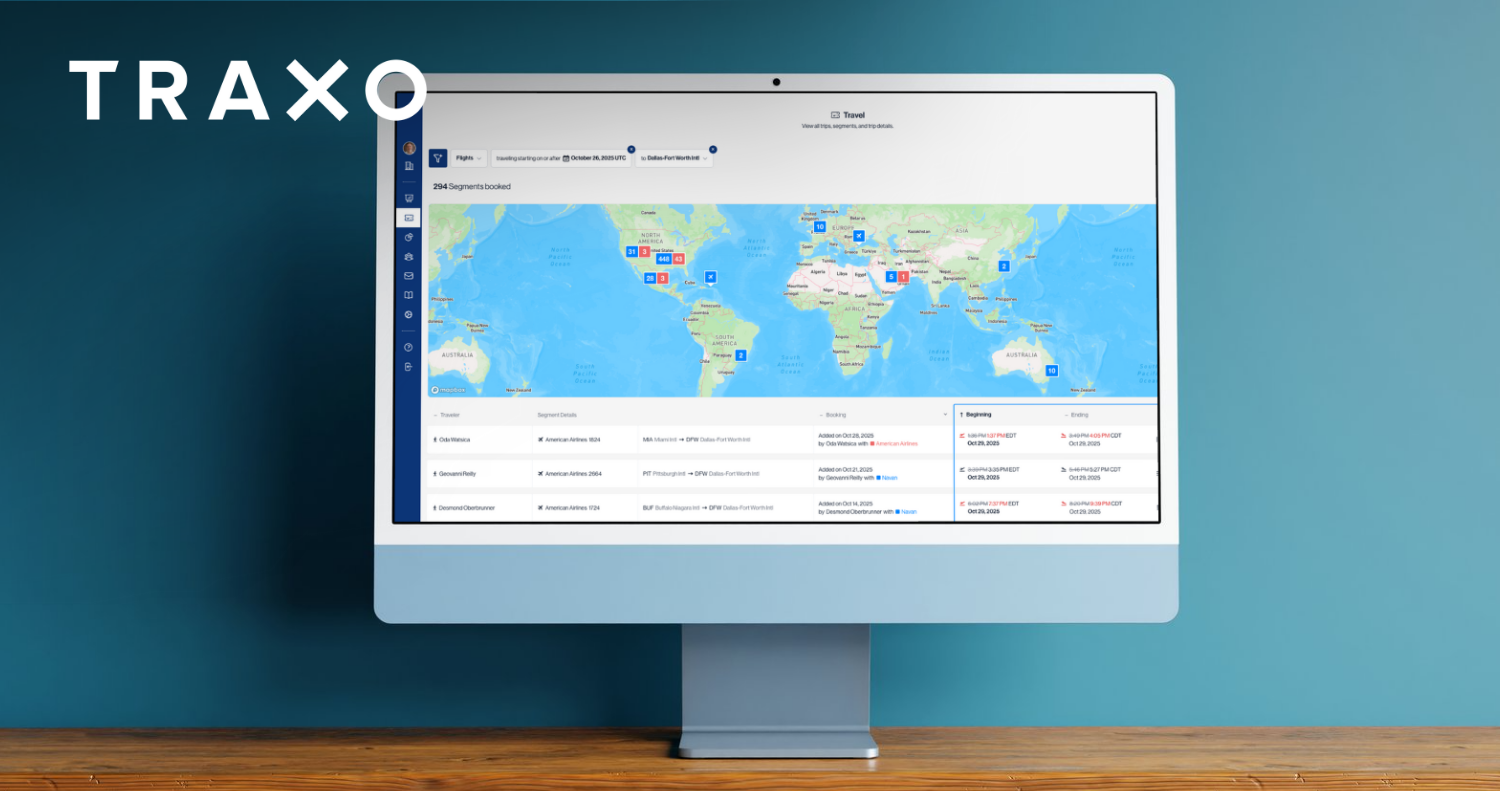
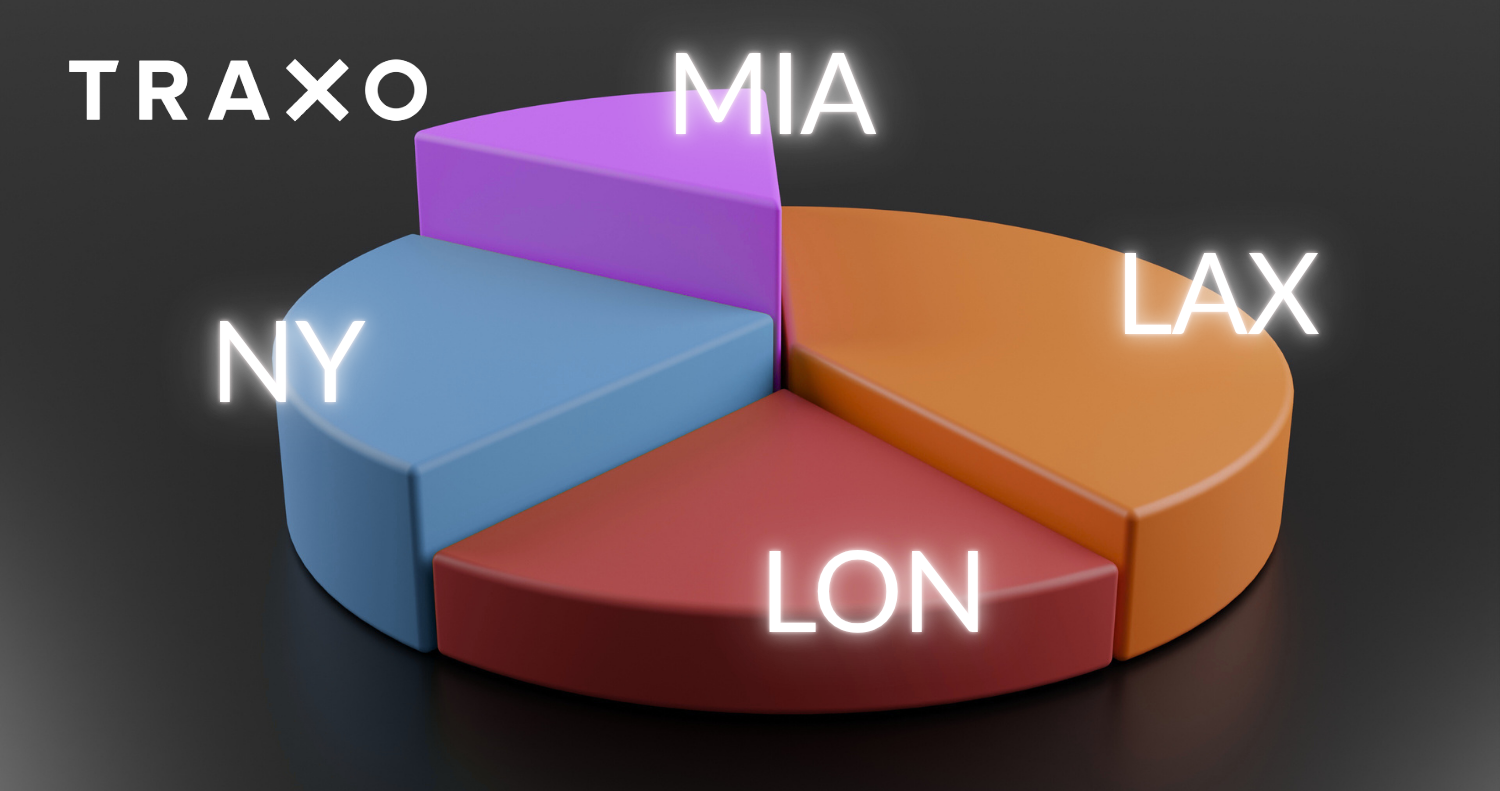




.png)








